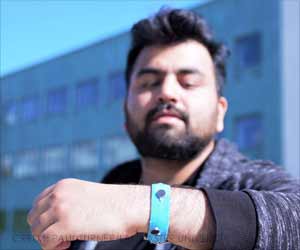Statistics show that about1.4 million Australians have diabetes. New South Wales (NSW) has recorded a 300% increase in the number of people with diabetes over the past 10 years.
Statistics show that about1.4 million Australians have diabetes. New South Wales (NSW) has recorded a 300% increase in the number of people with diabetes over the past 10 years. Experts have asked the health system and the economy to take some aggressive action against diabetes. Sooner if it continues it is expected that about 2 million will develop the disease.
The main reason for this increase is that of the diet and lifestyle factors. About 200 diabetes experts, health professionals and government representatives are pushing for changes to food advertising and mandatory lifestyle education programs for schools. The Diabetes Summit recommended the general practitioners to promote a healthy diet and lifestyle thereby to educate the patients to help prevent and manage diabetes. The NSW Minister for Health, John Hatzistergos, said significant health gains and cost savings were possible through disease prevention. He said that diabetes was the seventh highest cause of death in Australia.He said that those with poor diets and a sedentary lifestyle were most at risk. Neville Howard, the president of Diabetes Australia pointed out that more than 80% of the people diagnosed with type 2 diabetes are found to be overweight or obese. People living in poorer areas, those from indigenous communities, or immigrants from Asia and the Pacific were most at risk. He said that in Sydney, about 10 % of people in the western suburbs and south, through Campbelltown, past Wollongong to Shellharbour are highly diabetic. Dr Howard said Fairfield was the epicentre of diabetes in Sydney.
The highest rates were in Aboriginal communities around Brewarrina, Narrabri, Tamworth and Dubbo, where the incidence of diabetes can be as high as 31 %. The increase was due to the difficulty in diagnosing, treating and preventing diabetes among the rural and regional areas. A visiting US endocrinologist, Francine Kaufman, warned that many people mistakenly saw diabetes as a low-level illness. Instead, it could lead to significant, long-term complications such as blindness, the need for amputation, heart attack, stroke, kidney failure and other serious problems.









